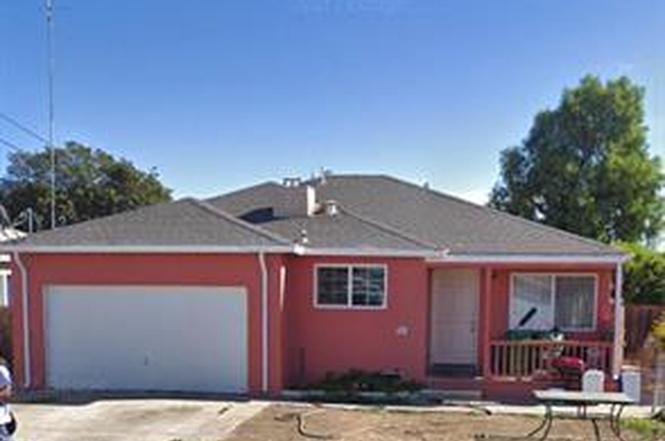...not sure what that is supposed to let me "see" as it confirms what I said in the first place- growth of service centers and superchargers isn't
nearly keeping up with fleet growth. Not by a longshot.
The only fix for that is significant spending by Tesla that they've kept putting off for years now.
Or to show it even more broadly-
284,233 cars was the total Tesla fleet end of 2017. They had 330 service centers... or about 861 cars per service center.
End of 2018 Tesla was operating 378 service centers- they delivered 245,162 cars that year-essentially doubling the fleet while only increasing service centers about 15%- resulting in just over 1400 cars per service center.
End of 2019? 429 service centers- again a 15% bump- while delivering ANOTHER 367,000 cars. Now we're at almost 2100 cars per service center.
This year they expect to deliver over 500,000 MORE cars... If they only bump service centers by 15% (and I've seen nothing to suggest they will do better) you're talking over 2800 cars per service center... or 3.5 times more cars per service center than end of 2017.
And that keeps getting worse year over year for the foreseeable future at current service center growth rate.
Mobile fleet is growing a bit faster but that's not even close to a 1:1 substitute- a service center can handle multiple cars at a time (and ones that need a lift)- a ranger can't, and even THAT fleet is growing slower than the car fleet is.
Ditto superchargers growing slower than the fleet of Teslas is-
2017 their stated goal was to double from 5k to 10k superchargers... they ended the year a bit over 8000 instead.
2018 their stated goal was to get to 18k superchargers- they didn't quite make it to 12k.
2019 I'm unsure they even bothered stating a goal, but by end of it they'd not even hit the previous years goal, only getting to a bit over 16k by the end.
NONE of these issues are difficult to fix- they don't need to invent new tech to build a service center or write a bunch of new software to add supercharger locations.
They just need $ thrown at em... which Tesla has been very reluctant to do relative to growth of the fleet.




